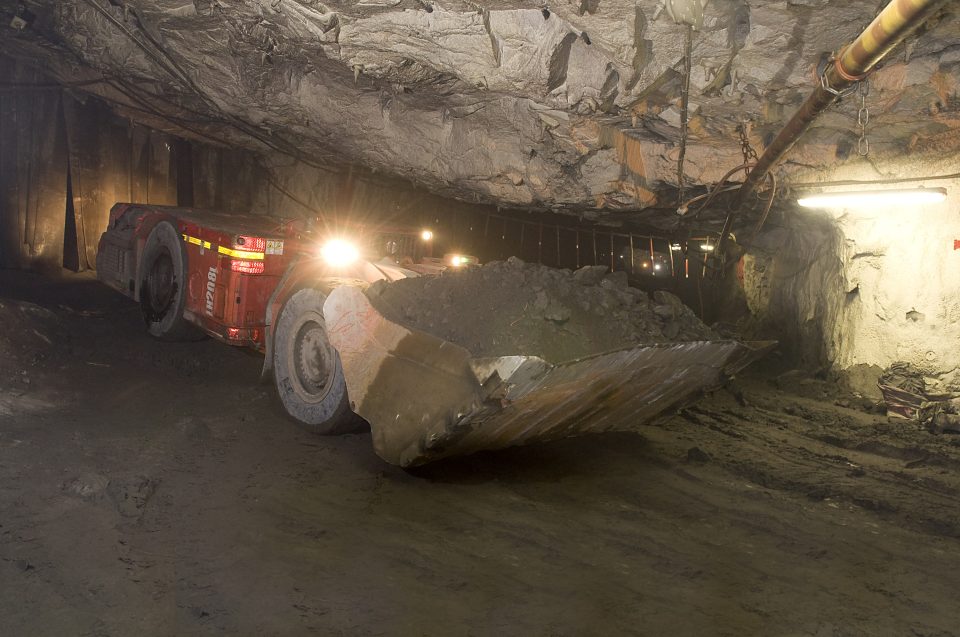Proximity Detection Systems (PDS) started out as a valuable mechanism to warn operators and pedestrians of imminent danger, but today they play even more powerful health and safety roles.
These include gathering and analysing site-specific data that allows management to plan safe and efficient traffic flows. According to Anton Lourens, CEO of leading PDS developer Booyco Electronics, the rapid development of digital communication and sensor technology is opening many doors to higher safety levels.
“PDS can today locate vehicles and personnel in real time, giving mines the ability to recognise patterns in traffic movement,” says Lourens. “From this starting point, traffic management strategies can be developed to keep people away from trackless mining machinery (TMM).”
Importantly, the data collected can identify ‘hot spots’ where potential collisions could occur. This makes a systemic contribution to the mine’s safety, as management can adapt traffic management plans to create segregation of people from equipment, and equipment from each other. This feeds constructively into the mine’s ongoing risk assessment responsibilities, and provides strong mitigation methods.
“This is giving PDS a vital role in each mine’s code of practice (COP), making these interventions specific rather than generalised,” he says. “Every mine has its own specific traffic conditions and operational requirements, for instance, and PDS helps provide insight into those conditions so that the COP is kept relevant and effective.”
He points to the Booyco Electronics Asset Management System (BEAMS) software suite as an example. This is essentially a central information hub that gives mines the insight they need into operational interactions.
“BEAMS analyses a huge amount of data from vehicles, uncovering important aspects such as unsafe patterns of behaviour,” says Lourens. “This gives management the basis for responding with strategies that mitigate risk and enhance safety.”
He also highlights the growing use of sensor technology in enhancing the health and safety benefits of PDS. These innovations have, as example, added a close-up and more accurate sensing approach to the traditional long-distance detection technology.
“We have designed our CXS range of PDS solutions so that we can readily augment the system architecture with sensors,” he says. “By combining various sensing technologies, we develop flexible solutions that make for safer working environments – as they are specific to customer and operational requirements.”
Lourens reiterates that the application of PDS technology can only be effective when based on a thorough risk assessment. This, he says, will ensure that the mine’s selection of a solution is relevant to their needs and conditions.
“This means a well-planned process that includes careful change management and real engagement with all involved,” he explains. “By taking the required steps, PDS can play a significant role in enhancing health and safety – while providing long-term benefits in productivity.”



